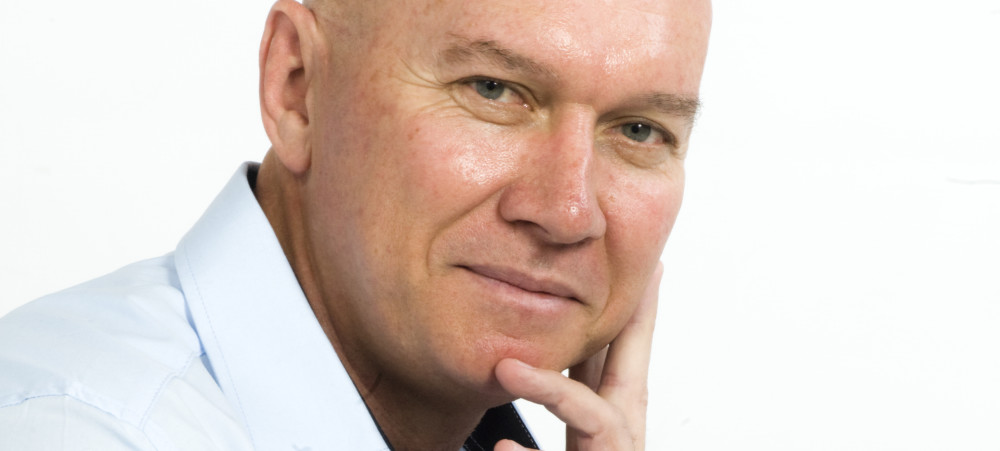Debt is clearly on the rise
DebtBusters quarterly analysis for Q2 2020 clearly shows how consumers’ exposure to debt has significantly deteriorated over the lockdown with higher-income earners in particular under debt pressure.
This is borne out by the increase in unsecured debt, which on average is 18% higher than it was four years ago. For consumers earning more than R10,000 per month, unsecured debt is 31% higher – for those earning R20,000 or more per month, the unsecured debt levels are 42% higher than 2016 levels.
Treating the symptom and not the cause
Unsecured lending tends to be is an easy way out. This form of loan is not attached to your property but instead comes at an extremely high rate of interest.
So for those under pressure to meet their debt repayments are not finding the solution to cutting back on their lifestyle expenses – instead are they turning to more debt to get out of debt.
The global economy is on the same track
Countries are also doing this in an attempt to save their economies. The consequence is higher debt levels and low growth. South Africa’s debt will exceed 100% of its GDP in the near future on current projections.
Take control
The solution is found in taking charge of how you spend your money. The pain is far less to bear by cutting back on your cost of living now than losing everything when the lender takes your property from you when you default.
Take advantage of lower interest rates
There should be some room to manoeuvre with the sharp drop in the interest rate this year making the cost of debt cheaper. The savings should be used to reduce your debt.
Act quickly if you are not coping
Debt counselling is an option that should be considered at the earliest sign that you are not making it. Borrowing more money is simply kicking the proverbial can down the road.
